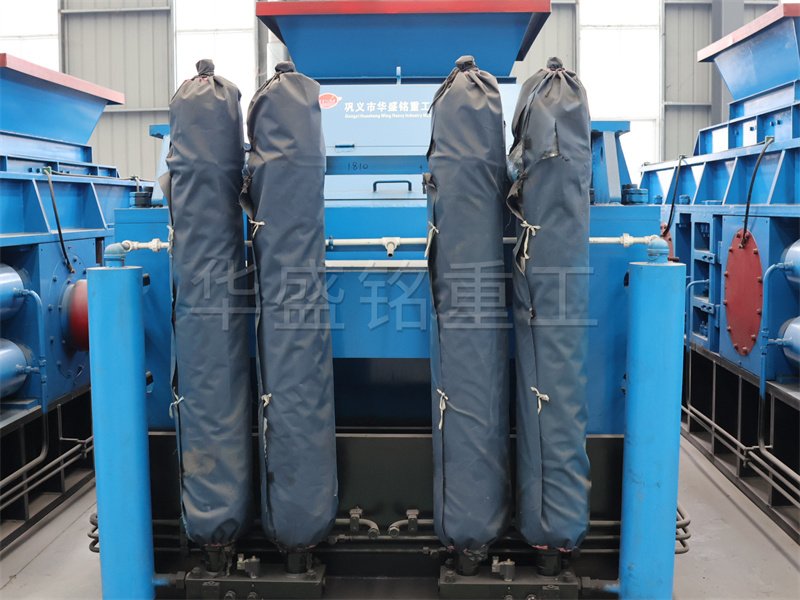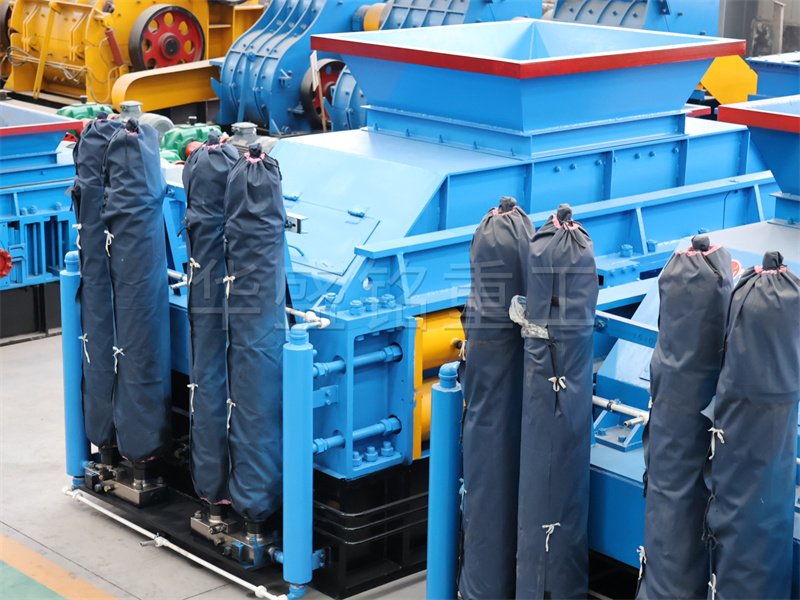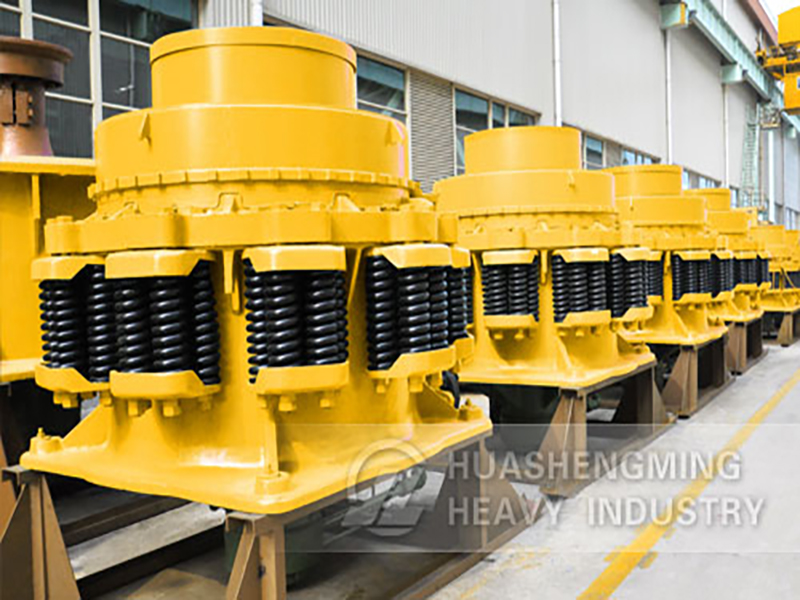
gravel sand making machine
gravel sand making machine
gravel sand making machine
- Application:Highway, railway, high-rise buildings, municipal, hydropower dam construction, concrete mixing station, sand and stone field, etc.
- Max feeding size: 25-100mm
- Output size: 0-5mm
- Capacity:2-400t/h
- Delivery:5-15 days
- Shipment:Accept EXW, FOB and CIF terms, by sea or by train. we have 20 years cooperate transport company. best freight, fast delivery.
Gravel sand making machine is a kind of equipment specially used to process granular materials such as pebbles and crushed stones into construction sand. It processes large pieces of crushed stones or pebbles into fine sand and machine-made sand that meet the needs of construction or other industries through a series of processes such as crushing, shaping and screening. The sand making machines of Huashengming Heavy Industry are mainly double-roller sand making machines and double-roller crushers.

Materials for sand making machine
The artificial sand making machine produced by Daswell is widely used and can crush stones of various hardness. Such as river pebble, basalt, dolomite, limestone, gabbro, gravel, gravel, phosphate, quartzite, sandstone, iron ore, etc.

Why Choose Huashengming
The Gravel sand making machine is superior to hammer crushers, as it doesn’t require frequent replacement of wearing parts.
The sand produced has a full shape, reasonable gradation, low over-crushing rate, and high output.
Compared to hammer and impact crushers, the machine offers significant advantages, with roller sleeves lasting an average of over two years.
Huashengming uses high-chromium manganese steel wear-resistant material with rare metal roller skins, which has been patented. And the discharge particle size can be precisely adjusted, also patented. The machine’s rollers have been granted a national patent.
Gravel sand making machine Applicable Materials
It is suitable for processing various materials such as river pebbles, calcite, quartz, glass, marble, cobblestone, bentonite, iron ore, limestone, bluestone, weathered sand, diabase, granite, and basalt.
The Gravel sand making machine uses rollers to perform crushing operations. The material enters between the rollers from the feed port and crushes the river pebbles through extrusion. There is a certain gap between the two rollers. The larger the gap between the two rollers, the larger the material discharge particle size. Under the action of the compression spring, the smaller the gap between the two rollers, the smaller the material discharge particle size. By changing the adjustment gap, the material discharge particle size can be controlled.

Specification and model | Roll diameter (mm) | Feed size (mm) | Productive capacity (t/h) |
2PGT400×250 | φ400 | ≤25 | 2-10 |
2PGT400×400 | φ400 | ≤25 | 5-12 |
2PGT610×400 | φ610 | ≤30 | 5-20 |
2PGT750×500 | φ750 | ≤30 | 10-40 |
2PGT800×600 | φ800 | ≤40 | 12-50 |
2PGY800×800 | φ800 | ≤40 | 40-50 |
| 2PGY800×1000 | φ800 | ≤40 | 50-80 |
2PGY1000×800 | φ1000 | ≤40 | 50-80 |
2PGY1000×1000 | φ1000 | ≤40 | 80-100 |
2PGY1200×1000 | φ1200 | ≤60 | 100-120 |
2PGY1200×1200 | φ1200 | ≤60 | 120-150 |
2PGY1500×1000 | φ1500 | ≤80 | 150-200 |
2PGY1500×1200 | φ1500 | ≤80 | 200-250 |
2PGY1800×1000 | φ1800 | ≤100 | 250-300 |
2PGY2000×1200 | φ2000 | ≤120 | 300-400 |
















